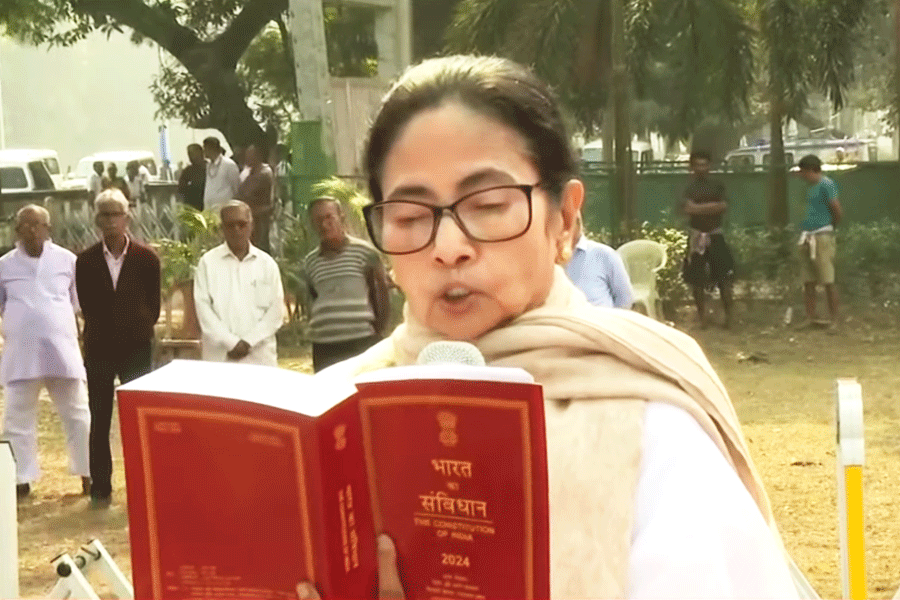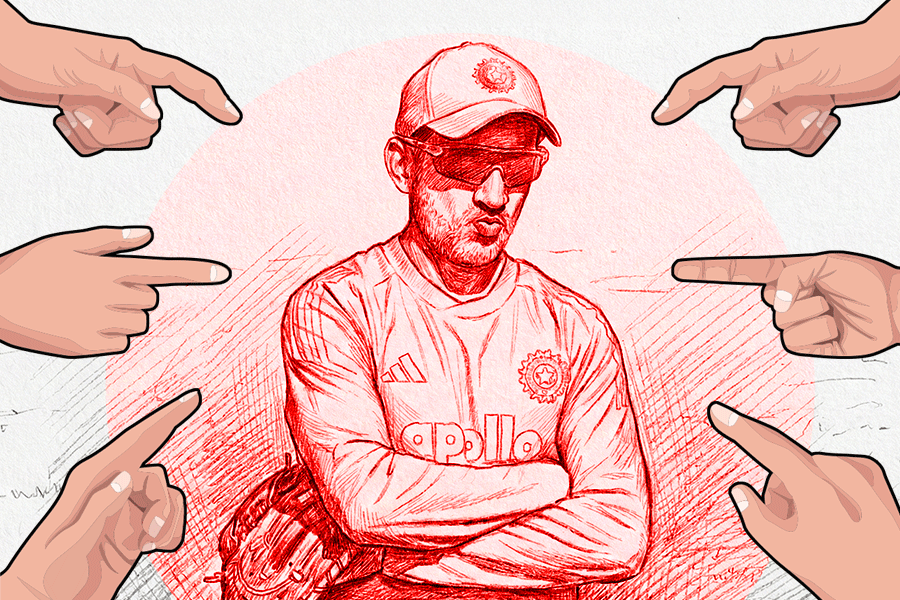 |
This was some decades back. A print advertisement for a two-in-one battery was designed. The copy simply said: “Revolution in the world of batteries”. Most of the target users lived in the hinterland, hence translation of the line was essential. Sharmaji took less than half an hour to come up with Battery ke duniya mein yugantar. The copy chief knew no better. So that line got translated in all vernacular languages. In the Bengali ad, the copy read somewhat faithfully “Battery-r jagate jugantar”. Jugantar or jug er antar means beginning of a new era.
A smart brand manager, sensing the criticality of the language ads, recommended an advertising pre-test. A handful of consumers living in a small town near Calcutta and its surrounding rural areas saw this ad and said they liked it. When asked what they understood from the ad, all of them said the same thing: The house of Jugantar is bringing out a new battery. Jugantar, incidentally, was one of the two top Bengali dailies in the state then.
Indeed, much water has flown through the Ganga since. Television has become a dominant medium. Understanding of Hindi in middle states like Bengal and Assam, Maharashtra and Andhra Pradesh has significantly improved. The telling evidence of this is available in the huge popularity of mainstream TV software in Hindi .
To the marketing and advertising fraternity, this is a great relief — a single communication can now work in most of the country. It is not that people are not translating the Hindi script of a commercial into Bengali or Marathi for showing it in Star Ananda or Star Majha. However, they feel far more secure today because in any case most consumers would also see and understand the original Hindi ad.
There could, however, be a serious issue with this train of thought.
Is comprehension equal to persuasion? Does understanding of what is being said or shown in an ad in Hindi or for that matter in English — neither being the language of comfort — ensure automatically that I will be convinced or cajoled by the message? Is comprehension only a necessary condition or is it also sufficient?
A recent ad for Royal Stag — presumably whisky, but officially of some other product bearing the same name — has once again brought this issue to the forefront. The ad merely says “Mone pore Ruby Roy….. Julie Das, Neha Sen, Riya Bose”. If you are fond of Bengali music and have heard and identified with the famous R.D Barman number “Mone pore Ruby Roy”, you cannot but appreciate the plurality.
The super-hit song of the Seventies had put to tune lyrics that vividly described the unrequited love of a young boy for someone named Ruby Roy. But then as one grows up, for most, there are many such Ruby Roys. That is why the ad has an effect on the mind. Maybe with a sad smile on your face you will reminisce. Maybe enjoy the whisky even more. Maybe you will fall in love with your past all over again. The ad has done its job.
The touch point for persuasion does not reside in the language but in what the language envelopes. A language is not merely the letters, the words and their grammar. It is the cultural DNA of a consumer world.
To a Bengali or an Oriya, to a Marathi or an Ohomiya, the soft points of titillation are rooted in their native culture encoded in their own language. Sure, the Hindi ad can do a reasonable approximation but it possibly can never do as great a job of persuasion in Bengal or Assam as it will do in UP or Bihar. Even in these days of satellite transmission, enticing someone still needs tribal idioms. Translated advertising thus can never be an adequate surrogate.
How to write Thanda matlab Coca Cola in Bengali?











